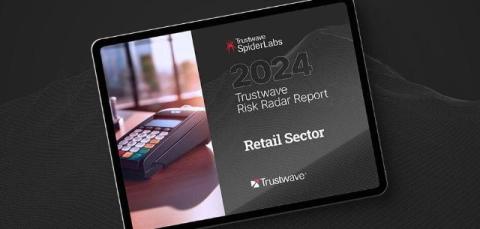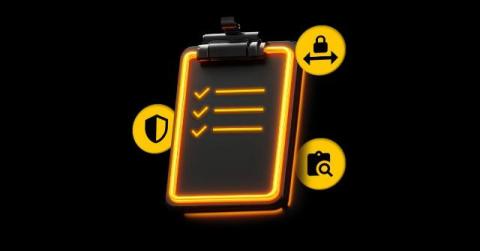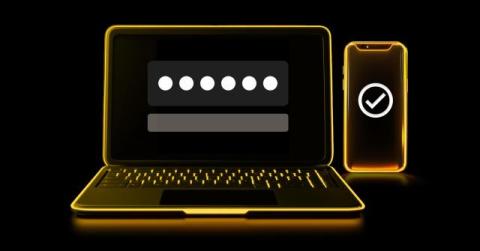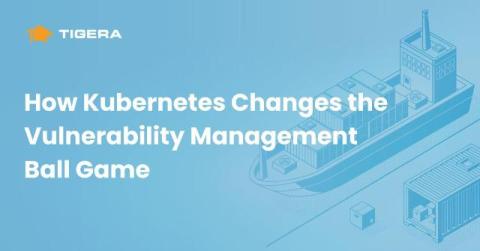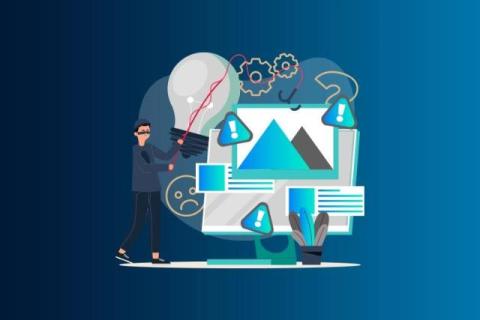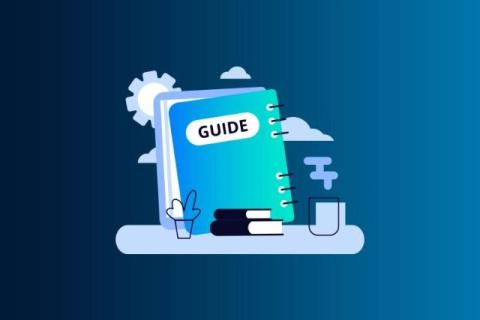CrowdStrike Falcon Platform Supports Google Cloud's ARM-Based Axion CPUs
CrowdStrike is proud to announce cloud security support for Google Cloud’s first custom ARM-based processor, Axion, delivered by the unified, cloud-native CrowdStrike Falcon platform. This extends industry-leading protection to our customers with extensive coverage for Google Cloud environments. We are excited to collaborate with Google Cloud, which today unveils its new C4A Virtual Machines.



